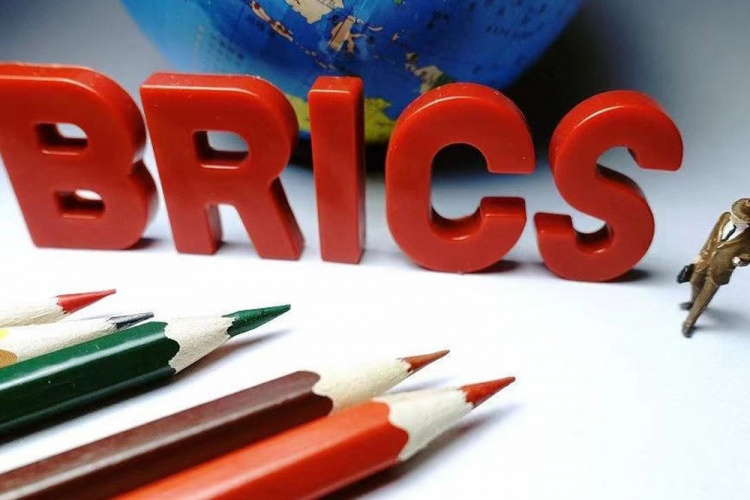BRICS Future Direction: Between Innovation and Imitation

The BRICS summit in Rio is over with the bloc managing to agree on the key issues presented in the final Declaration after the significant expansion in core membership and the creation of the partnership belt. Apart from some of the novelties related to the launching of the BRICS Multilateral Guarantees initiative, there were also important breakthroughs in the format of the BRICS+ outreach during the second day of the summit. And while the BRICS+ outreach efforts of the bloc may be termed as innovative in building on the evolutionary/path-dependent progression of earlier BRICS presidencies, the construction of the BRICS institutional framework in the financial sphere appears to follow the “imitation path” modeled on the Bretton Woods framework. Going forward, the scope for more innovative approaches in BRICS development will hinge on the success of the grouping in bridging internal divisions and building closer economic ties across the expanding BRICS+ network.
Thus far the key initiatives launched by the BRICS grouping in the financial sphere largely have to do with imitating the institutional solutions and approaches of the Bretton Woods system. In particular, the BRICS New Development Bank (NDB) may be seen as an alter ego of the World Bank, while the BRICS CRA has some of the elements modeled on the International Monetary Fund (IMF). The recently proposed BRICS Multilateral Guarantees initiative is modeled on the Bretton Woods Multilateral Investment Guarantee Agency (MIGA) framework (part of the World Bank Group).
There may be a number of reasons why pursuing the path of innovation may be challenging within a BRICS setting so far:
- External environment: the current geopolitical and geoeconomic backdrop serve to drive up risk-aversion globally, including among BRICS members, leaving less scope for innovative approaches
- Internal dynamics: sustaining innovation becomes more challenging in a setting characterized by shifts in membership and internal divisions – with expanding membership and differences observed across core members, it is difficult to sustain and ensure continuity in the innovation impulses launched by any of the presidencies/chairs; there is also significant scope to advance and support innovation in the largest core BRICS economies
- Connectivity across members: exploiting the benefits of diversity in launching innovation requires greater connectivity across constituencies – something that is a challenge within BRICS given the still relatively low trade intensities, significant distances between the largest core members and the lack of coordination mechanisms (let alone institutional frameworks such as headquarters/secretariat).
Imitation is almost invariably an imperfect version of the original, even a very precise imitation effort risks missing the target. This is because targets tend to move quite quickly in today’s world economy and what appeared to represent model development paths or optimal institutional frameworks tends to be increasingly out of sync with the quickly evolving exigencies of economic transformation. For BRICS innovation also strengthens the capability of its institutions and frameworks to complement and support the existing pillars of economic architecture. At the same time, imitation may also serve the purpose of signaling a critical degree of commonality or continuity with the old system, thus allaying the fears of discontinuities and disruptions in global economic development.
What could be the innovative approaches that BRICS could undertake to advance multilateralism and inclusive development in the current environment? In our view, such approaches would greatly benefit from employing the potential of Global South regionalism across the key areas of economic cooperation:
- In the trade sphere: pursuing the still largely uncharted terrain of “integration of integrations”, i.e. via trade alliances and trade liberalization among the regional blocs of the developing world
- In the sphere of connectivity: explore the potential of building “inaccessibility corridors” to the isolated inland/landlocked regions of the Global South that harbor significant human capital and mineral resources
- In the sphere of macroeconomic policy: explore innovative approaches to: (a) conditionality; (b) economic policy rules that prioritize human capital development and social inclusion; (c) regional convergence criteria and regional currency frameworks; (d) coordinated stimuli during periods of downturn in the global economy
- In the sphere of BRICS+ outreach: exploit the richness of the regional world across the Global South by building alliances and linkages between the regional organizations and regional development institutions of the Global South
As BRICS alliance further matures, its innovative potential will be disenthralled through bringing a variety of perspectives and approaches from across the Global South. Indeed, it is the unique diversity of the BRICS+ platform that constitutes its key competitive advantage in the sphere of innovation. At the same time the diminishing returns to imitating the outdated systems of the past will become increasingly evident amid the accelerating pace of change in the world economy. The path of learning by experience may be the bitterest according to Confucius, but it is ultimately the path that brings value to the Global South and the broader global economy. Failing in innovation may produce the lessons for pushing the possibility frontier further, but failing in imitation will be just that – playing a bad role in an antiquated script.


